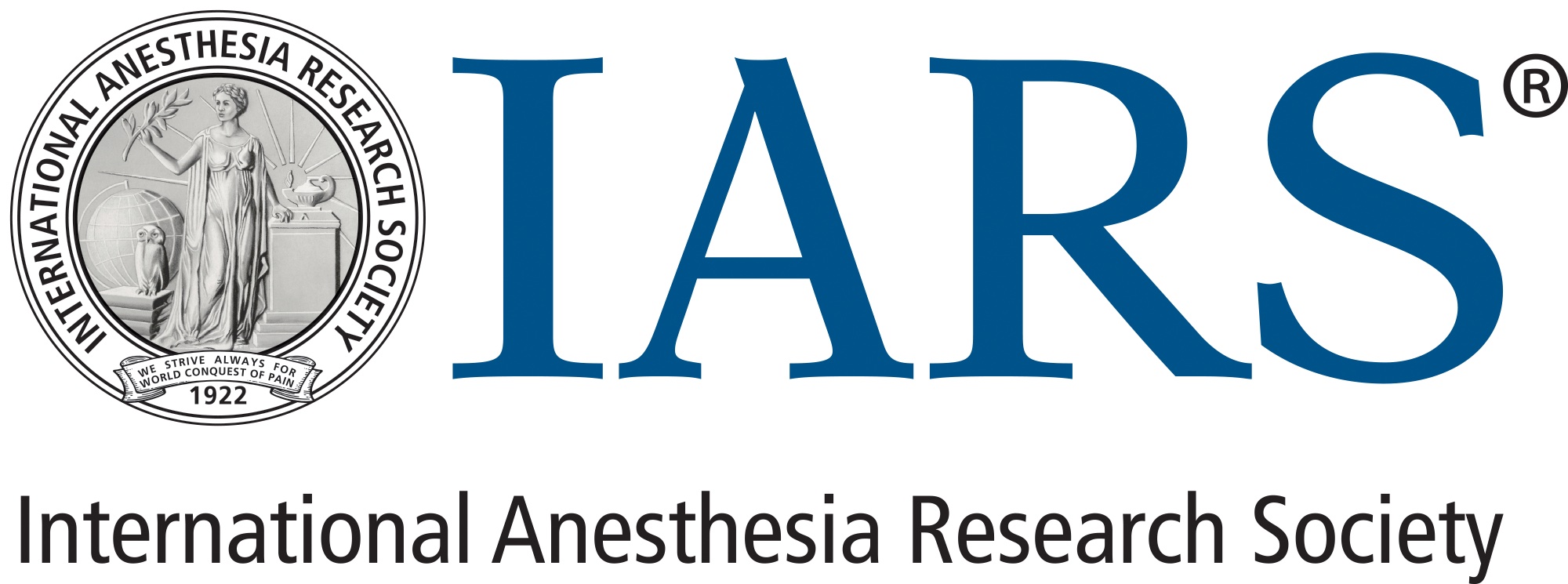International Clinical Trials: Lessons from The Frontlines
Christian S. Guay, MD
The growing complexity of multisite clinical trials demands sophisticated approaches to study design, implementation, and collaboration. During the first session of the International Clinical Trials Pre-Meeting on March 20 at the 2025 Annual Meeting, presented by IARS and SOCCA, four distinguished experts shared invaluable insights from their diverse experiences conducting large-scale trials. Their presentations highlighted the critical balance between pragmatic and explanatory approaches, the importance of patient-centered outcomes, and practical strategies for overcoming common challenges in trial design and execution.
Dr. Jessica Spence, MD, Assistant Professor at McMaster University, an investigator at the Population Health Research Institute, and anesthesiologist and intensivist at Hamilton Health Sciences, began by clarifying key differences between pragmatic and explanatory trials. Pragmatic trials focus on effectiveness in real-world settings with broad inclusion criteria to inform decision-makers, while explanatory trials examine efficacy under ideal circumstances with rigid protocols and selective inclusion criteria to establish cause-effect relationships. She introduced cluster randomized trials, which randomize groups rather than individuals, before detailing her experience with the B-FREE trial.
The B-FREE trial addressed the common use of benzodiazepines during cardiac surgery, despite their association with postoperative delirium. While guidelines recommend avoiding benzodiazepines before and after cardiac surgery due to delirium risk, their use during cardiac procedures remains above 90% because of their favorable hemodynamic profile and ability to induce anterograde amnesia, Dr. Spence explained. This cluster crossover trial involving 19,278 patients across 20 hospitals in Canada and the US compared 4-week block periods of restrictive (no midazolam) versus liberal (≥ 0.03 mg/kg midazolam) benzodiazepine institutional policies on the incidence of postoperative delirium during the first 72 hours after cardiac surgery, assessed by nurses during routine care.
Although the primary intention-to-treat analysis showed no statistically significant difference in delirium rates (14% restricted vs. 14.9% liberal), when excluding protocol violations, the restricted arm demonstrated an approximately 10% reduction in delirium incidence. Notably, there were no differences in length of stay or postoperative mortality between groups and there were no cases of self-reported awareness with recall during intended general anesthesia. Dr. Spence concluded her presentations by emphasizing that pragmatic trials face unique challenges compared to more traditional randomized controlled trials, including blinding difficulties, practitioner adherence issues, contamination and cointervention, uncontrollable period effects and smaller effect sizes—typically 5-10%—due to real-world variability.
Philip Peyton, MD, a chief investigator in several multicenter international clinical trials, shared lessons from the ANZCA Clinical Trials Network, beginning with the MASTER trial examining the effects of epidural anesthesia on postoperative outcomes after major abdominal surgery. “Publishing negative results from a large clinical trial did not help make friends!” He noted, highlighting publication bias in medical research. According to Dr. Peyton, metaanalyses have only an 18.6% positive predictive value for confirming subsequent large RCT results, partly because positive trials have historically been twice as likely to be published as negative ones. Thankfully, this ratio has declined to 1.3 in recent years due to global efforts to promote the publication of all trial results, regardless of the outcome.
Dr. Peyton emphasized three key principles for successful trials: selecting the right research priorities, focusing on patient-centered endpoints while avoiding surrogate measures, and implementing practical designs that reflect real-world conditions. “The goal is to inform, not protocolize practice,” he stated.
Mary Ellen McCann, MD, Professor of Anaesthesia at Harvard Medical School and pediatric anesthesiologist at Boston Children’s Hospital, followed with a discussion of the GAS trial, which investigated whether general anesthesia affects neurodevelopment in pediatric patients. The randomized, assessor-blinded, international equivalence trial compared sevoflurane general anesthesia versus regional anesthesia (awake spinal ± caudal) during inguinal hernia repair in infants younger than 60 weeks postmenstrual age. With 722 participants enrolled and complete assessments for 447 children, results showed no statistical difference in full-scale IQ at age 5 between groups.
Dr. McCann also briefly discussed the ongoing TREX trial comparing low-dose sevoflurane/dexmedetomidine/remifentanil versus high-dose sevoflurane for anesthetics exceeding two hours in children younger than two years. Her practical advice included discussing authorship early, leveraging specialty societies and prominent names for grant applications, maintaining a personal grant “slush fund,” and recruiting motivated midcareer subinvestigators.
Monty Mythen, MD, Senior Vice President Scientific Liaison and Professional Education at Becton Dickinson Advanced Patient Monitoring, concluded with industry perspectives on international trials, distinguishing between fully-funded regulatory trials and investigator-initiated studies. He noted that industry typically favors international trials for their generalizability and market expansion potential. “The three most common reasons complex intervention studies fail are biologically implausible primary outcomes without feasibility data, lower-than-expected event rates, and inadequate intervention delivery,” Dr. Mythen explained. He suggested obtaining pilot data to demonstrate intervention feasibility before approaching industry partners, who increasingly prefer registry-nested adaptive platform trials over traditional pragmatic designs.
This session provided attendees with practical insights for conducting successful international clinical trials, emphasizing pragmatic approaches, realistic expectations for effect sizes, and strategic collaboration to overcome common challenges in multicenter research.
International Anesthesia Research Society
